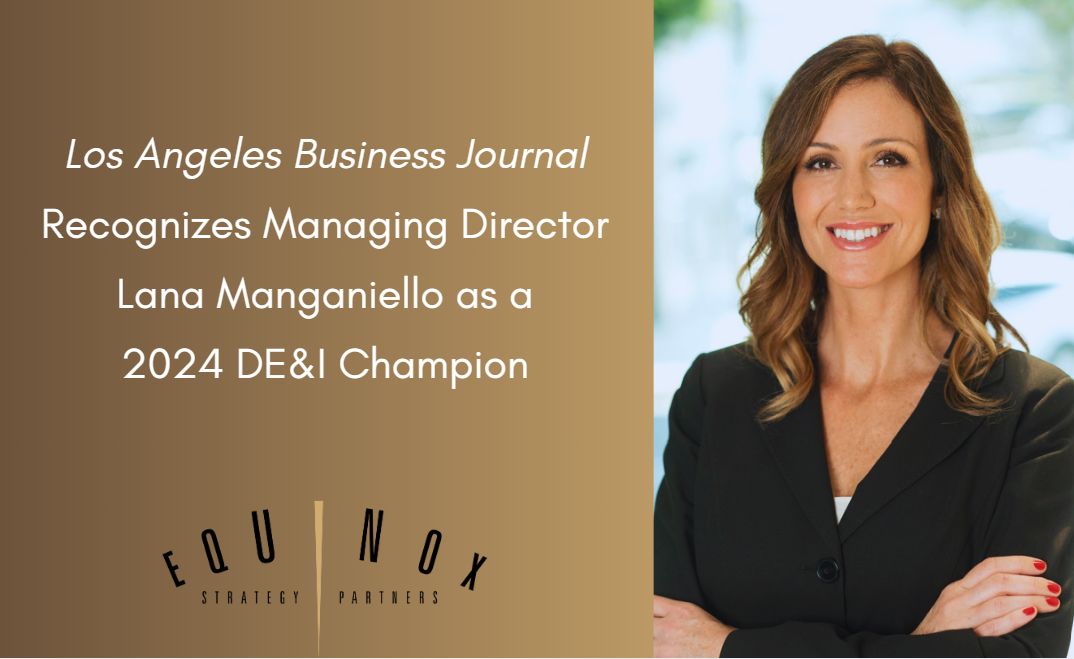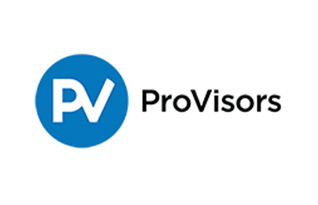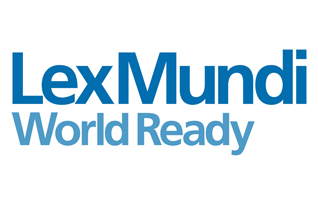EQUINOX STRATEGY PARTNERS
10 Steps to Virtual Relationship Building
By Lana Manganiello

History shows us that while markets are contracting, those that will survive and thrive make certain that their outreach and visibility are expanding.
With the COVID-19 shelter-in-place mandate, most professionals were forced to rethink how to grow their businesses. Leveraging technology platforms, many have learned that growing their practice beyond their immediate geographic area is possible. History shows us that while markets are contracting, those that will survive and thrive make certain that their outreach and visibility are expanding.
Though nothing will completely replace the benefit of in-person connection, technology and the recent global pandemic have changed “business as usual” forever. It is likely our business development efforts will become a blended approach; virtual engagement will remain prevalent and in-person meetings will be more intentional and even more valuable. It’s uncertain if or when meeting a stranger for an introductory chat over coffee or attending a large networking event or conference will be the norm again. Savvy professionals recognize that it is now more important than ever to understand how to effectively start a relationship virtually and what to do to nurture that relationship into a valuable and meaningful connection.
Narrow your audience: As you expand your reach, further define how you want to be known in the marketplace. Being known as a thought leader and the go-to person in a very specific area will make an effective business development strategy and marketing plan feasible in a large marketplace. A legal professional focused on working with the LGBT community for matters around surrogacy will have an easier time and a lot more success in their business development efforts than someone who is trying to position themselves as “the best/smartest/most effective” family lawyer in town (or on the internet).
Reassess your goals: With your focused niche in mind, write down what you want to accomplish in the next 30 days, three months, six months and one or two years. Planning amid uncertainty is possible when you are able to break down your approach into measurable tactics that you have direct control over. If one of your goals is to obtain two new fintech clients in the next six months, write down the activities you need to accomplish to make that possible, i.e.,by July 30th 1) publish an article in FinTech magazine; 2) schedule three meetings each week to ask individuals in my network for fintech introductions; and 3) join FinTech Professionals and meet with of its four board members. In your plan, describe the market opportunity for your niche and the value you can provide. Write down why you are the best person for that work; what have you worked on in the past that relates and why are you passionate about this market segment or matter. Research and make a list identifying who you need to build a relationship with to get that work.
Update your internet presence: Before you begin your outreach, you will want to make sure your internet presence is a reflection of the professional you are and is in line with your business development intentions. After you’ve reexamined your goals and clarified your narrative around why you are the go-to person for this work, spend time on your LinkedIn and website bios to ensure they are conveying this message. Your bios should validate your credibility for your current niche focus and highlight how you currently help clients. Reduce or eliminate the experience in your bio that has no relevance to your future goals.
Embrace video calls: While many people were uncomfortable and uninterested in video calls in a professional setting, the pandemic demanded we get comfortable with them quickly. Video is more impactful than a phone call for many reasons: 70% of communication is nonverbal — body language, facial cues, arm and hand gestures, all help us to better understand one another. This increased opportunity for understanding makes it possible to build trust, which is key in fostering meaningful relationships. Multiple studies of the human brain assure us that people process visual information far faster and more capably than text or audio.
Your presence on a video call matters: Set up your space for video meetings. Make sure you are front lit, ideally facing a window, with a clean professional space behind you (a bed, kitchen, or bathrooms in frame comes across as casual). Position your camera just above eye level and make sure there is nothing behind you that could be distracting to the person or people you are talking with (i.e., people walking by, stacks of books and papers, dogs wrestling). Situate yourself far enough away from the camera so that the top half of your torso is in the frame and people can see your arms and hands if you are gesturing. Once you have determined that you are happy with your set up, consider minimizing your own image, as it can be distracting. Eye contact is an important part of communication and though it may feel awkward, try your best to look directly at the camera as often as you can. Dress and groom as if you were going to meet this person at his or her office.
Come up with a process: Figure out how you are going to manage your outreach and follow up and calendar time every week to work on it. Have strategic touch points planned out for your key contacts and make sure they are creative and varied. A Zoom call every six weeks is not going to appeal to anyone.
Take the lead: Reach out to the people in your network that have the capacity to hire you or those that can refer you to someone who has a need for your services. Call or email to suggest scheduling time for a call over video to reconnect and discuss how you might be able to help one another.
Prepare before your video call: No one wants to have an awkward first meeting, so be prepared to keep the conversation moving. Do your research. Learn as much as you can about the person before your call. Google and social media are going to help you discover commonalities and meaningful things to discuss during your time together. Have a list of questions prepared ahead of time. If you are meeting with someone in the hopes of introductions, write down exactly who you are looking to meet.
Provide value: You need to earn relationships, so find ways to create value for the individual as quickly as you can. Is there someone in your network this person would benefit from meeting? Is there something else you can do for them or something you can send to them that would be of value? Our clients find it helpful to create an “asset list” of articles, books, links, documentaries, etc., that their network might find helpful or interesting.
Be authentic and candid: The health crisis created a shared difficult experience that helped us relate to one another on a very human level. That human bond and interaction is key to building trust and fostering genuine and meaningful relationships. As the crisis dissipates and we adjust and get back to business, you will need to find ways to continue to bond at a human level with people you are connecting with from a distance. Make an effort to be transparent and vulnerable. You can talk about your feelings, emotions, challenges and failures and still be professional. Make a point to ask about how your connection feels about the different topics you are discussing.
Steve Jobs said, “Innovation is the ability to see change as an opportunity, not a threat.” Now is the perfect time to take control of these changing times and become more intentional than ever about creating a profitable practice that excites and inspires you.





















